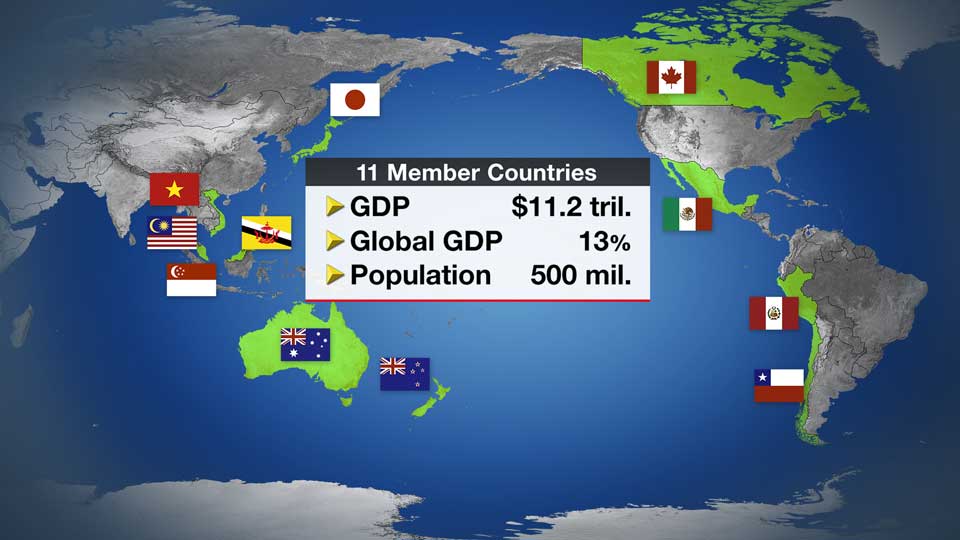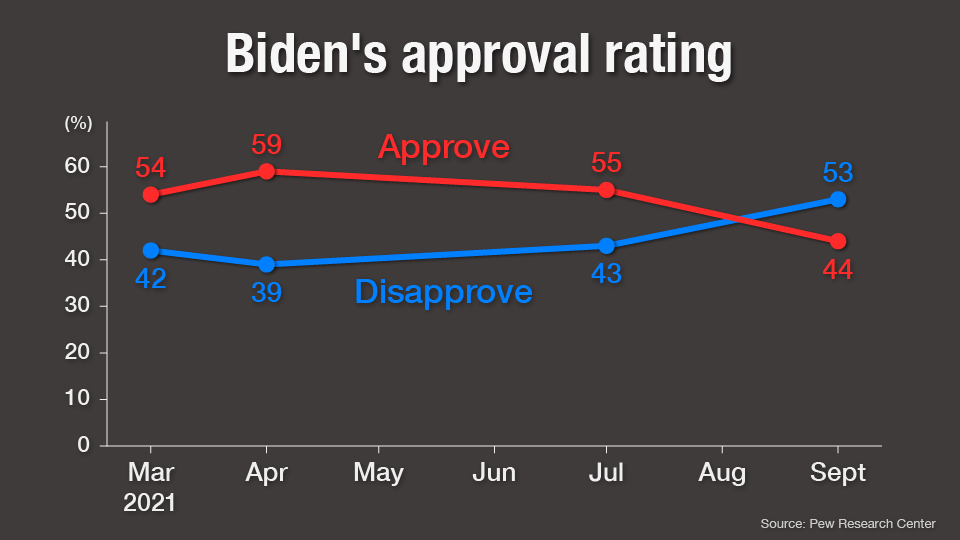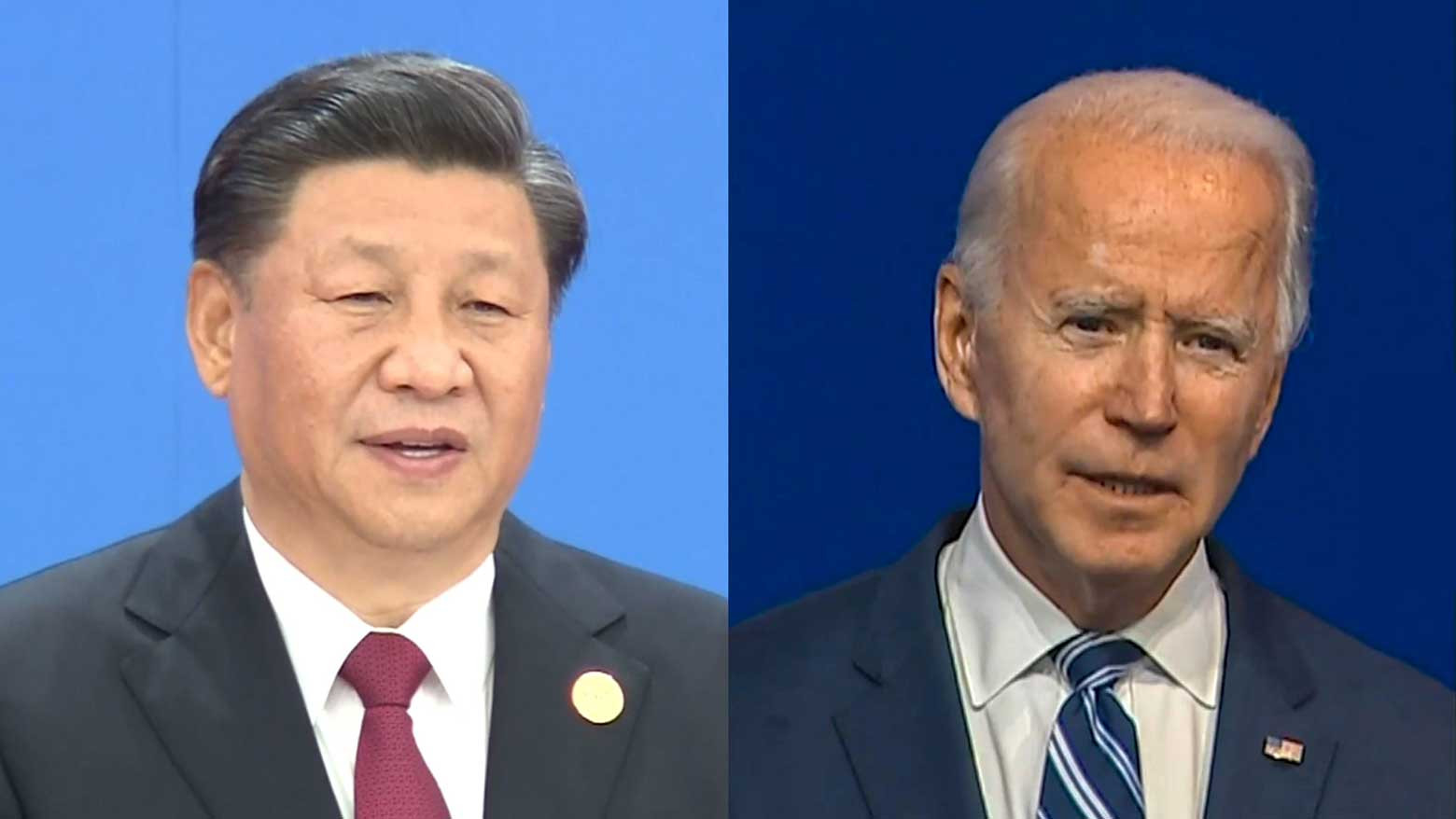The CPTPP comprises 11 members: Australia, Brunei, Canada, Chile, Japan, Malaysia, Mexico, New Zealand, Peru, Singapore and Vietnam. The United States withdrew in 2017, and remains reluctant to rejoin.

Move poses questions for Biden
China's main incentive as a prospective new member is to counter Washington. US President Joe Biden recently hosted the so-called Quad summit with Australia, India and Japan. Although the four leaders did not mention China by name, it's clear the meeting was held in part to stifle Beijing's influence.
China's attempt to join the pact poses a dilemma for Biden. He will need to quickly decide whether to rejoin, or sit back and let the current members determine whether to allow China onboard. And he does not appear to have much room for error when it comes to foreign policy. Biden's approval rating has plunged following his decision to stick with the US military's full withdrawal from Afghanistan. The ensuing chaos shocked the world.

Beijing turns to Asia
Beijing's souring relationship with Europe is another incentive for it to join the CPTPP. The European Parliament has decided to freeze a massive investment deal with China amid tensions over human right issues. The situation, coupled with China's apparent economic slowdown amid the global pandemic, has seen Beijing turn to Asia instead.
And last but not least is Beijing's intent to block Taiwan from joining the CPTPP. China's increasing military activity in the South China Sea has prompted other countries to strengthen economic ties with Taiwan. Washington's decision to reopen talks with Taiwan on establishing a trade and investment framework is one example.
High hurdles to join
The chances of China actually joining the pact appear to be extremely slim. The country's protectionist policies raise doubts about whether it can meet CPTPP standards. Another barrier will be gaining consensus among the existing members. Australia could reject the idea amid increasing bilateral tensions. And Mexico, under pressure from Chinese manufacturing imports, might do the same. Japan, meanwhile, is more than discontent with the Chinese military's assertiveness in the South China Sea.
Yet at the same time, China is a bigger trading partner to most CPTPP members than the United States. Canada and Mexico are the only exceptions. And despite the slim odds of joining, China appears willing to use its political powers to pressure some members into watering down the admission requirements.
With or without China, the CPTPP looks certain to grow in future. Britain has started negotiations to join, while Thailand is also keen.

